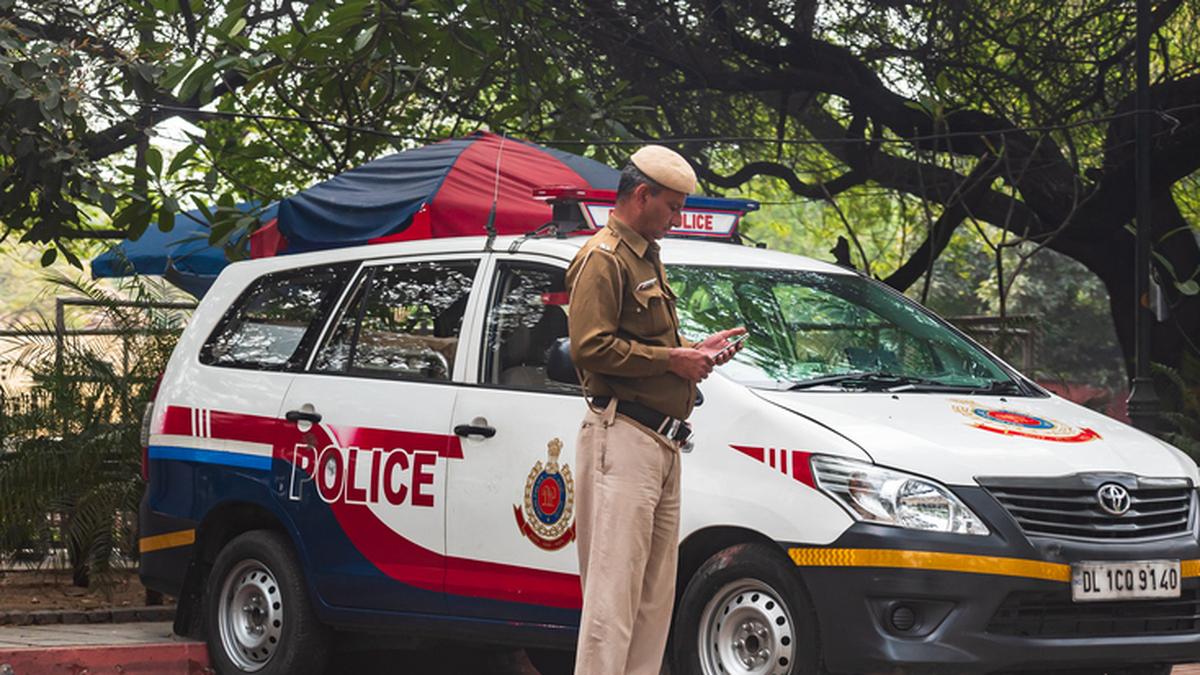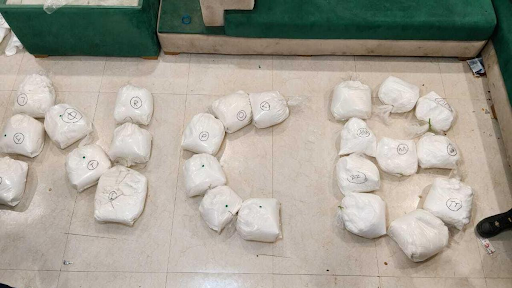



First-Person View (FPV) drones are small, manually controlled UAVs that provide real-time video to operators for precise navigation and deep-strike capabilities without relying on GPS. While cost-effective and useful for reconnaissance and attacks, they face challenges like limited operator situational awareness, often requiring an additional visual guide.

Disclaimer: Copyright infringement not intended.
Recently, Ukraine used First-person view drones to attack Russia and destroyed more than 40 planes.
|
Aspect |
Description |
|
Definition of FPV Drones |
First-Person View (FPV) drones are small, unmanned aerial vehicles that provide real-time video feeds to the operator, allowing precise control. |
|
View Mechanism |
The operator sees what the drone sees through cameras mounted on the drone. The video is displayed via special glasses, smartphones, or screens. |
|
Usage of Reconnaissance Drones |
A larger drone is first sent to scout and identify the target area. It helps in locating and confirming the specific area to be engaged. |
|
Range of FPV Drones |
FPV drones usually operate within a short range of a few kilometers. |
|
Functionality |
These drones can navigate obstacles and perform operations like surveillance, monitoring, and search-and-rescue missions. |
|
Control and Maneuvering |
FPV drones are manually operated with real-time visual input, allowing for precise and responsive movement. |
Source: Indian Express
|
PRACTICE QUESTION Q. With reference to First-Person View (FPV) drones, consider the following statements:
Which of the statements given above is/are correct? (a) 1 and 2 only (b) 1, 3 and 4 only (c) 2 and 4 only (d) 1, 2, 3 and 4 Answer: B Explanation: Statement 1 is correct: FPV drones provide real-time video feed through cameras mounted on the drone. Statement 2 is incorrect: FPV drones operate with GPS-independent navigation, meaning they do not primarily rely on GPS. Statement 3 is correct: FPV drones are used for deep strike capabilities in defense and also for filming and other non-defense purposes. Statement 4 is correct: A major challenge is limited situational awareness for the operator, sometimes requiring a visual supervisor. |





© 2025 iasgyan. All right reserved